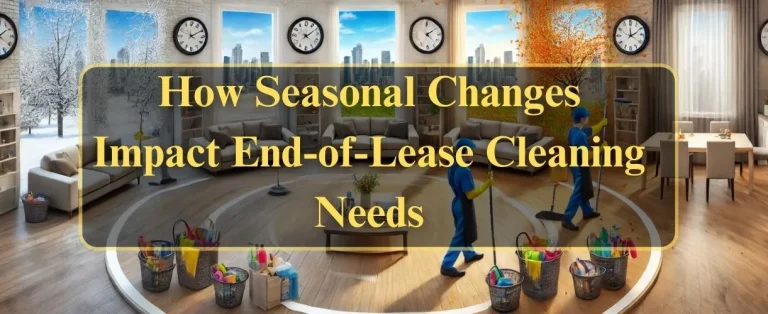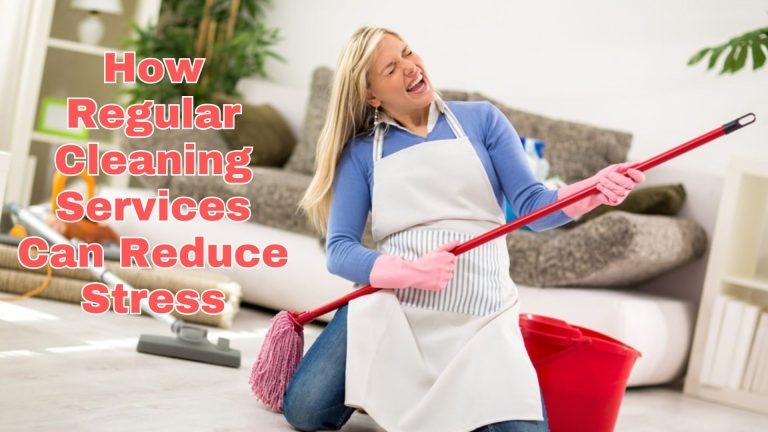Your bookshelf’s dust buildup may seem like a little irritation, but it may be exposing you to reactions like asthma and allergies that might be toxic. Recent research published in the Australian Environmental Science and Technology journal supports this.
According to the researchers, these substances, as well as others found in dust, have been related to hormone shifts, developmental and reproductive issues, as well as catastrophic diseases like cancer and asthma due to shortness of breath because of dust.
Exposure to Dust
Maybe you’re one of those folks who claims to be allergic to cleaning or chores. Cleaning may be tedious, even if it is your responsibility to do so in office buildings and other business settings.
Actually, the health hazards faced by employees working in the commercial cleaning sector can result in lost workdays, which can be expensive for a business. In actuality, whether you are cleaning an office or a home, cleaning may physically make you ill.
Cleaning might really have a harmful impact on your health in a variety of ways. The impacts might vary from little annoyance to more significant threats, the impacts might vary.
According to research, consistently utilizing cleaning sprays might be just as bad for one’s lungs as smoking a pack of cigarettes every day for 10 to 20 years. Those are worrying numbers. Let’s examine the possibility that cleaning might make you sick and how to make sure it doesn’t cause any allergic reactions.
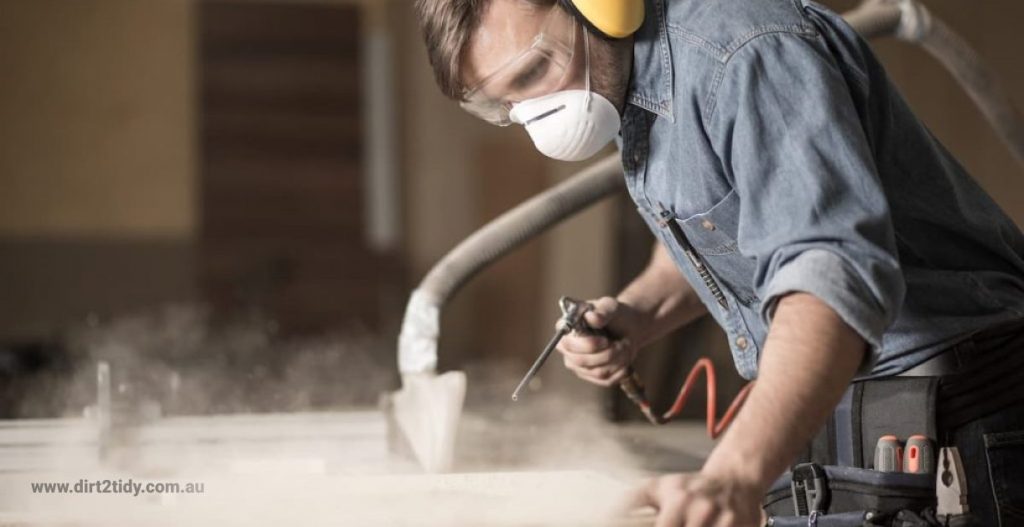
Toxic cleaning supplies that are unhealthy
This subject causes significant anxiety for janitors and other members of the housekeeping profession who worry about some of the cleaning activities they are required to perform, as well as for the typical consumer who may question why they feel so depressed after a day of home cleaning.
You are at risk in ways you might not have ever considered, whether you are cleaning for yourself or working in the professional cleaning industry.
What Situations Can You Get Sick From While Cleaning?
A nice inquiry with a good response is this one. An location can create a setting that can make people sick if it sits for a while without being cleaned frequently, or in many circumstances, even when cleaning is done frequently. One of the main ways that cleaning might make you ill is dust.
Every surface, including ceilings, fans, window sills, furniture, moldings, window treatments, air conditioning and ornamental objects like drapes, collects dust. Even your carpet absorbs dust mites. You cannot avoid it.
When cleaning hasn’t been done in a while, dust that builds up can rapidly aggravate allergies and rashes. Even in areas that are routinely cleaned, dust can nevertheless collect rapidly and appear frequently. As soon as you start to dust, it becomes airborne and can be breathed in or consumed orally causing runny nose and dust allergy affecting the immune system.
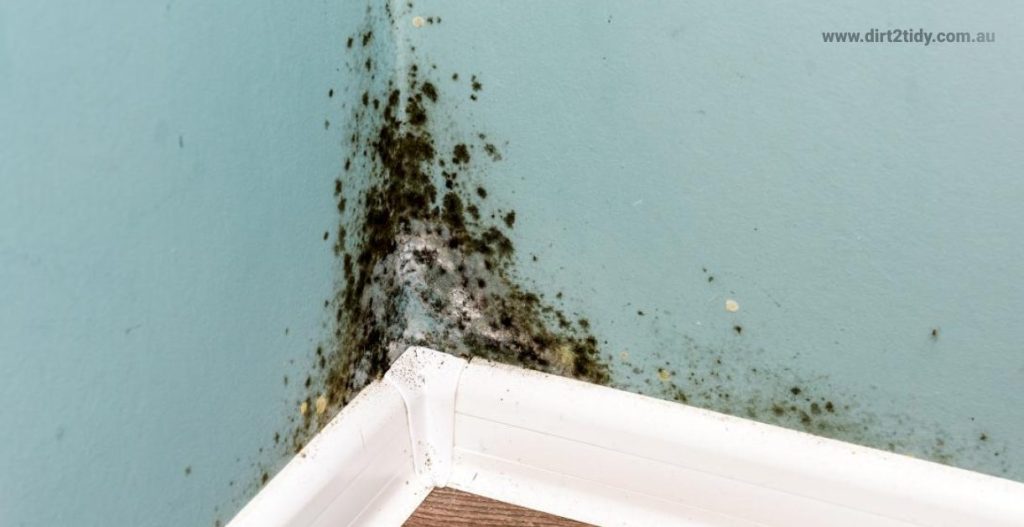
Cleaning Methods That Keep Dust at Bay
So, what can you do to keep dust from turning your next cleaning session into a sneezing fit? Fortunately, a few smart techniques can help you limit your exposure—and keep the air (and your sinuses) as clear as possible.
- Use Damp or Microfiber Cloths: Instead of sending dust swirling back into the air, wipe surfaces with a barely damp cloth or a microfiber duster. These catch and hold onto dust particles, rather than just relocating them onto another shelf or directly into your nose. Good old-fashioned feather dusters, for the record, are often just dust scatterers in disguise.
- Vacuum with a HEPA Filter: Regular vacuuming is crucial, but not all vacuums are created equal. Models fitted with HEPA (High Efficiency Particulate Air) filters, like those from Dyson and Miele, trap much finer particles and drastically cut what gets recirculated into the room. Don’t forget to empty and clean the vacuum filter often—no sense in letting it become a dust volcano.
- Protect Yourself: If you’re prone to allergies or find yourself scrubbing a particularly dusty area, a basic disposable mask can spare your lungs some grief. Gloves aren’t just for the glam of cleaning commercials; they offer solid protection, too, especially if you’re using any harsh cleaning products along the way.
- Let the Breeze In: Crack open a window or switch on a fan to keep your workspace ventilated, especially if you’re raising clouds of dust or using strong cleaners. Fresh air helps clear out airborne particles before they have a chance to find their way into your system.
- Maintain Your Tools: Dirty brooms, mops, and dusters are essentially dust delivery systems. Give them a good shake outside or wash them regularly so you’re not just spreading old grime over new territory.
Adopting even a handful of these habits can make a noticeable difference in how much dust you’re actually exposed to—and, as a bonus, your house will stay looking cleaner for longer.
Frequent Cleaning Mistakes That Can Impact Your Health
Cleaning is essential, but how you do it can make all the difference between a sparkling home and a sneezing fit—or worse. Here are some common cleaning missteps that can send even the most diligent cleaner running for a tissue:
Raising Dust Instead of Capturing It
One of the classic blunders is scattering dust everywhere instead of trapping it. Flicking a dry duster around just launches those minuscule particles into the air, where they’re conveniently inhaled or find their way into your eyes. For anyone prone to allergies or asthma, this is a recipe for red eyes, sniffles, and itchy throats. The better approach? Use a damp microfiber cloth or a vacuum with a HEPA filter to actually capture dust, not just rearrange it.
Relying on Harsh or Overly Fragranced Cleaners
Many cleaners fill the air with invisible threats in the form of volatile chemicals and synthetic scents. Bleach, oven cleaners, and strong disinfectants may wipe away germs, but their fumes can also inflame your lungs and eyes—especially in poorly ventilated rooms. Even that “fresh linen” fragrance can be a trojan horse of irritants, causing headaches or breathing difficulties. Opt for gentler, fragrance-free products when possible, and always open a window.
Creating a Toxic Brew by Mixing Chemicals
Another hazardous habit: mixing cleaning agents like bleach and ammonia in hopes of a super-cocktail. Instead, you get a noxious gas fit for a chemistry lab hazard sign. Fumes from these mixtures can bring on severe respiratory distress and burn your eyes or throat. Always check your cleaning product labels, and let those mad scientist urges stay in the movies.
Forgoing Protective Gear
Lastly, cleaning without giving a thought to your own protection is surprisingly common. Whether you’re stirring up dust, scrubbing with acids, or dealing with mystery substances from behind the toilet, gloves, masks, and goggles are your best friends. Skipping them might turn your cleaning spree into a coughing, sneezing ordeal—and your hands won’t thank you either.
Avoiding these frequent mistakes can save everyone in your home from needless discomfort and keep the air (and your conscience) a bit clearer.
Why Regular Cleaning of Your Cleaning Tools Matters
We often focus so much on dusting every available surface that we forget about the humble tools in our hands. But here’s a not-so-fun fact—if you neglect your mop, broom, or vacuum, they could end up doing more harm than good. Cleaning tools, much like any superhero sidekick, pick up all sorts of grime and dust as they work. Without regular upkeep, they become less effective, leaving behind a trail of dust bunnies or, worse, redistributing allergens and bacteria throughout your space.
Consider your vacuum: its brushes and filter can get clogged with fine dust, making it spit out more than it sucks up. Or think about your duster, now quietly hoarding the very particles you’ve been trying to defeat. The result? More sneezing, itchy eyes, and a never-ending cycle of cleaning that’s like fighting the Hydra—cut off one head, and two more pop up.
To break the cycle:
- Wash mop heads and microfiber cloths regularly (a turn in the washing machine on a hot cycle usually does the trick).
- Clean or replace vacuum filters as recommended by the manufacturer (hello, Dyson and Hoover!).
- Give brushes and dusters a good shake outside or a rinse if they’re washable.
- Store tools in dry areas to prevent mildew and mold growth.
By pampering your cleaning arsenal, you help them work at peak performance, keep your indoor air quality healthier, and lessen the chances of allergy flare-ups. Plus, you extend the life of these tools, saving you unnecessary trips to the cleaning aisle.
Cleaning up mould and dust
Your health might also be endangered by cleaning areas with mold and mildew. In public bathrooms that are not maintained frequently or correctly, there may be a significant danger of this happening.
Even when you’re not cleaning, bacteria and fungus may make you sick, but once you start cleaning and come into touch with these things, your risk of being sick only rises.
Although it is common to detect mold and mildew in kitchens and bathrooms, it may also be found in unexpected areas, particularly if there is an area that frequently gets damp and moist that you are unaware of.
These are the primary causes of illness when cleaning at home, but people who work in the cleaning industry, such janitors in commercial settings, may experience more severe health problems as a result of exposure to human fluids. The danger of becoming sick still exists, but wearing protective gear can help reduce it.
In addition to the obvious risk considerations, some people find that the strong chemical cleansers employed in the procedure are enough to make them ill. If used improperly, common cleansers like bleach and store-bought goods containing bleach and other chemical additions can make people sick.
Why Mixing Bleach and Ammonia Is a Terrible Idea
The dangers don’t end with just the standard cleaning solutions—mixing certain household chemicals can actually make an already risky situation much, much worse. A prime example is the combination of bleach and ammonia. On their own, both are common components in countless cleaning products, but together they can create a genuinely hazardous environment.
When these two mix, they produce a toxic gas known as chloramine. Inhalation of chloramine fumes can have immediate, unpleasant effects: stinging eyes, an irritated nose and throat, relentless coughing, and even severe breathing difficulties. Prolonged exposure or higher concentrations can cause far more serious respiratory complications.
You might think that a quick spruce-up with bleach after using an ammonia-based spray is harmless, but the resulting chemical reaction can make you sick in moments. Window cleaners and some oven cleaners often contain ammonia, so it’s crucial never to combine these with bleach, whether intentionally or by accident.
The bottom line? Always review product labels and never mix cleaning chemicals unless you’re absolutely sure it’s safe. The best rule is simple: keep bleach and ammonia as far apart as possible to avoid a preventable trip to the emergency room.
According to the EPA and CDC, many individuals use these items in poorly ventilated spaces, which can lead to respiratory problems in the short term and even more significant problems in the long run.
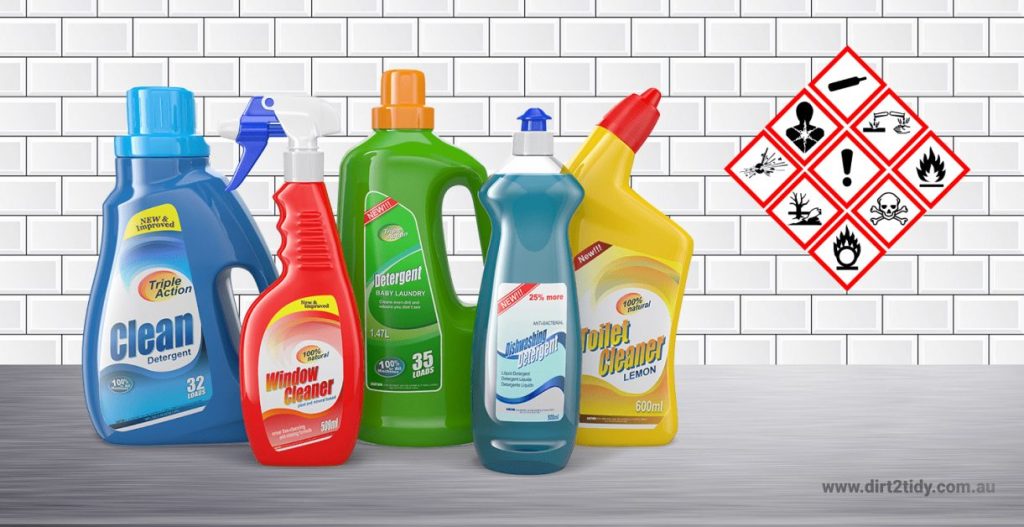
If you’re unsure whether the store-bought cleaning, sanitizing, and disinfecting items we use are damaging us, merely pay attention to the leading health organizations. Cleaners and disinfectants are bad for the environment as well as consumers, according to the CDC, the World Health Organization, and the Australian Lung Association.
In fact, according to these institutions, it’s very plausible that using these items over the long run is killing us with dust particles. On the low end of the range, several of the goods have been connected to allergic rhinitis, asthma, and birth abnormalities; in more serious cases, respiratory illness and cancer. They’ve also been connected to autism and ADHD.
Using Hazardous Cleaning Agents
It’s true that wearing gloves and a mask can help keep you safe when cleaning, but the effects of these agents last long after the cleaning is done, and these safety measures don’t do much for others who are nearby at the time of the cleaning.
Effective and Safe Tips for Cleaning Dust
So, how can you clean dust effectively without risking your health—or turning your living room into a sneeze sanctuary?
- Choose the Right Dusting Tools: Reach for microfiber cloths or damp dusters instead of dry rags or feather dusters. Microfiber traps dust rather than just batting it into the air (and, by extension, up your nose). These cloths capture fine particles and reduce airborne allergens.
- Vacuum Wisely: Use a vacuum cleaner equipped with a HEPA filter. These filters are designed to trap the tiniest dust mites and particles, keeping them out of the air you breathe. Dyson and Miele are good examples of brands that make vacuums with strong filtration capabilities.
- Protect Yourself: Just because you’re not scrubbing a hospital floor doesn’t mean you get a free pass from protective gear. Don a mask to protect your lungs from dust and allergens, pop on some gloves (especially if you’re using any cleaning sprays), and if you’re particularly sensitive or working in a musty attic, consider safety goggles.
- Keep the Air Moving: Don’t clean in a stuffy space—it’s a recipe for breathing in everything you’re trying to remove. Open windows and doors while you dust, or set up a fan to keep the air circulating. Better yet, run an air purifier with a HEPA filter while and after you clean to help grab stray particles.
- Maintain Your Cleaning Tools: Neglected brooms and neglected vacuum filters only serve to redistribute, not eliminate, dust. Shake out or wash microfiber cloths after each use, clean vacuum filters according to the manufacturer’s instructions, and swap out old mop heads.
- Tackle High and Hidden Spots: Dust likes to hide in the least convenient places—think ceiling fans, above window frames, and behind furniture. Make these part of your regular routine, because letting them go neglected only means about a pound of dust and mystery grime will descend at the most inconvenient moment (usually when your in-laws are visiting).
Incorporating these habits into your cleaning routine can make a noticeable difference not just for your home’s appearance, but for your respiratory health and overall comfort. If you start to feel like you’re starring in a dust commercial, it might be time to upgrade your methods and your tools.



